Starting a new business requires lots of careful planning, hard work, and savvy decision making. This is especially true when your new business is a restaurant. First, it’s important to define your restaurant’s concept and how it will stand out among competitors. Maybe you’ve always dreamed of sharing your family’s favorite recipes with the world. Or, perhaps, you have a unique design in mind for a new type of dining experience. No matter your concept, it should be reflected in every aspect of your business.
Having a clear vision is only one piece of the puzzle, you’ll also need to have the structure and a plan to make your idea a place guests will want to visit again and again. Performing market research and crafting a comprehensive business plan is key. When building your business’ roadmap, be sure to consider all the variables that could affect your restaurant’s success. Then, once you have your plan solidified and your financing secured, it’s time to get to work making your dream a reality.
To help you get started, we developed an easy-to-use free checklist that outlines what to do and when to do it to get your restaurant up and running for a successful opening night.
The essential checklist to opening a restaurant
First
- Establish a restaurant concept
- Determine your restaurant’s name
5-6 months out
- Finalize a budget
- Find a building to rent or buy that fits in your budget for your restaurant location
- Curate and design a menu
- Find local distributors and food vendors
- Order equipment
- Kitchen—Ovens, freezers, slicers, etc.
- Dining Room—Tables, chairs, dishes, etc.
- Safety equipment—Wet floor signs, fire extinguishers, floor padding, etc.
- Office equipment—Pens, computer, paper, etc.
- Once you have a business address:
- Apply for a business license with your city or county
- Acquire signage permits with your local municipality
- Install outdoor signage and window lettering on location






